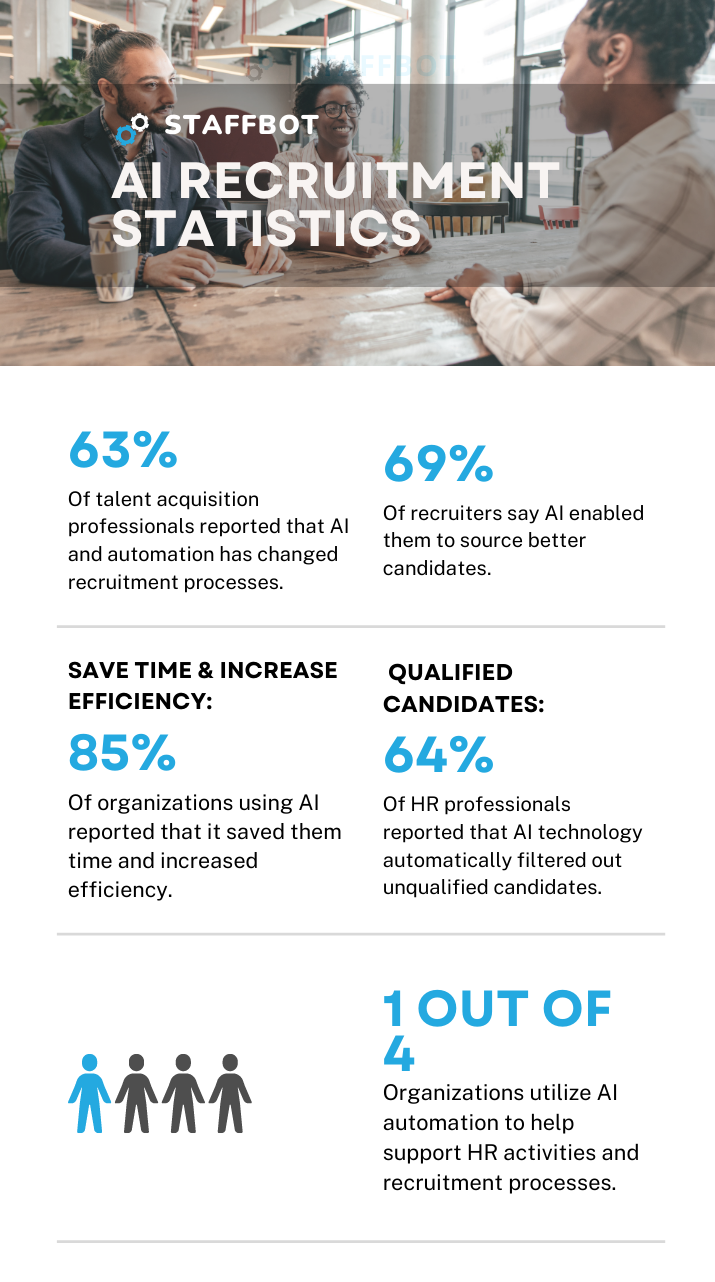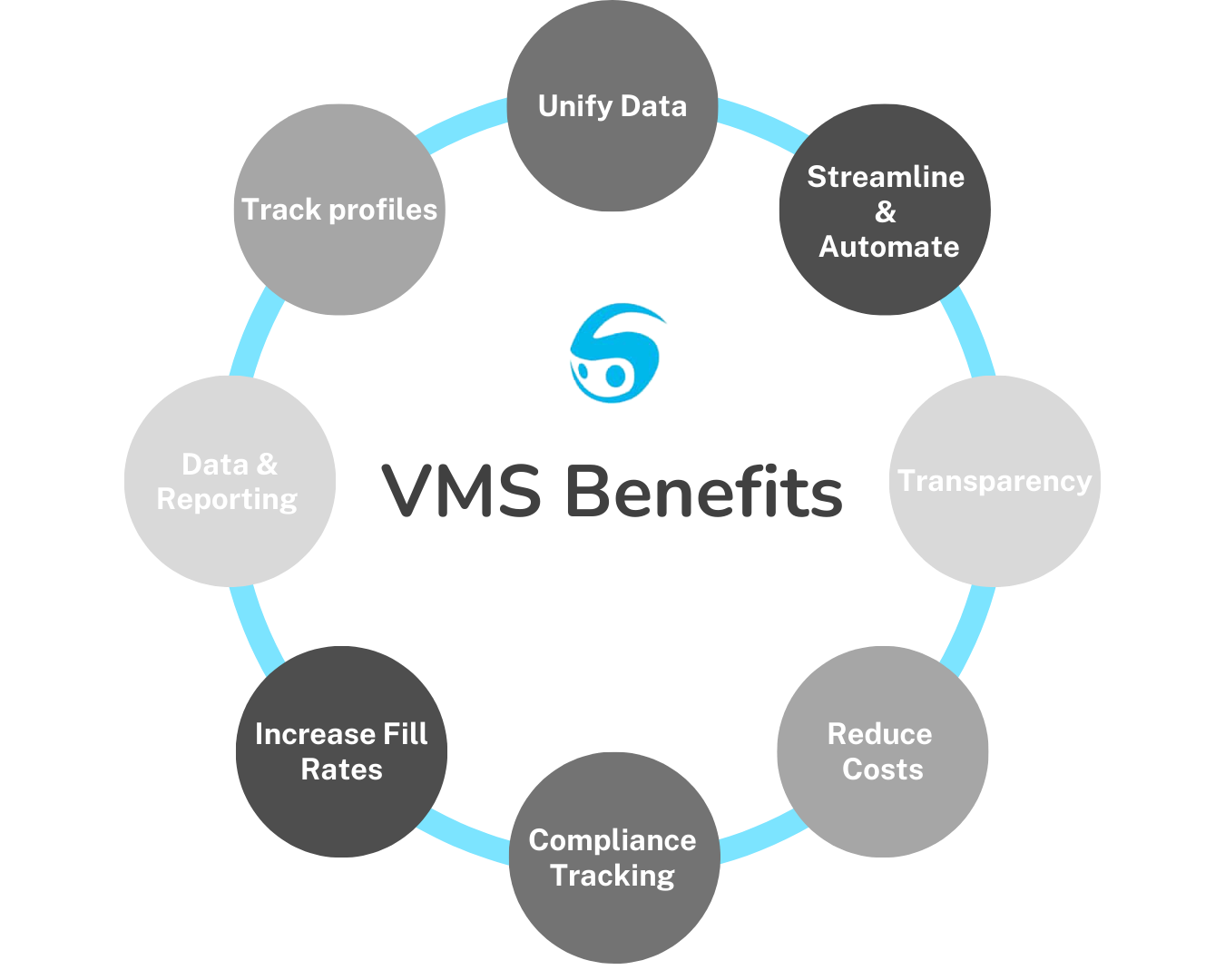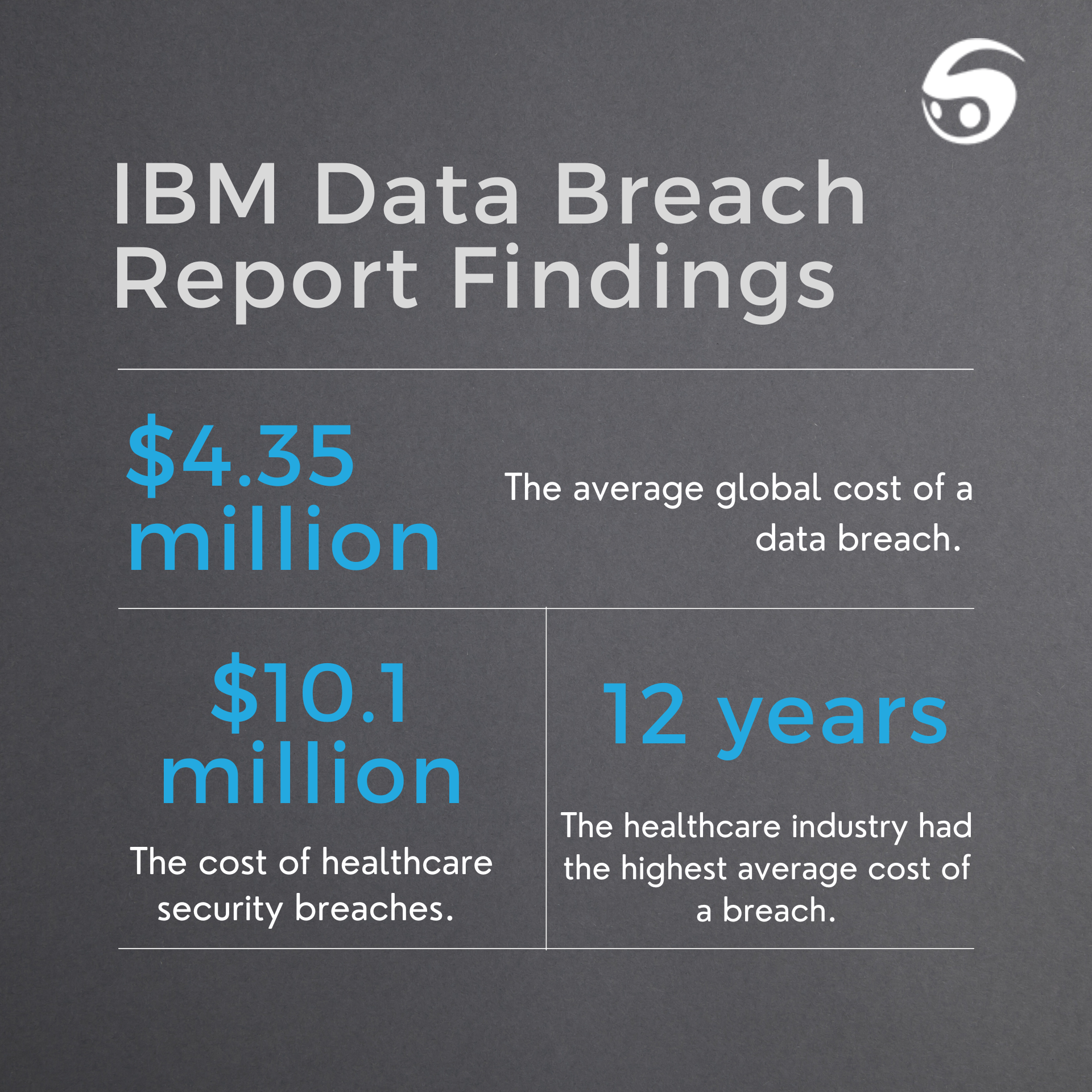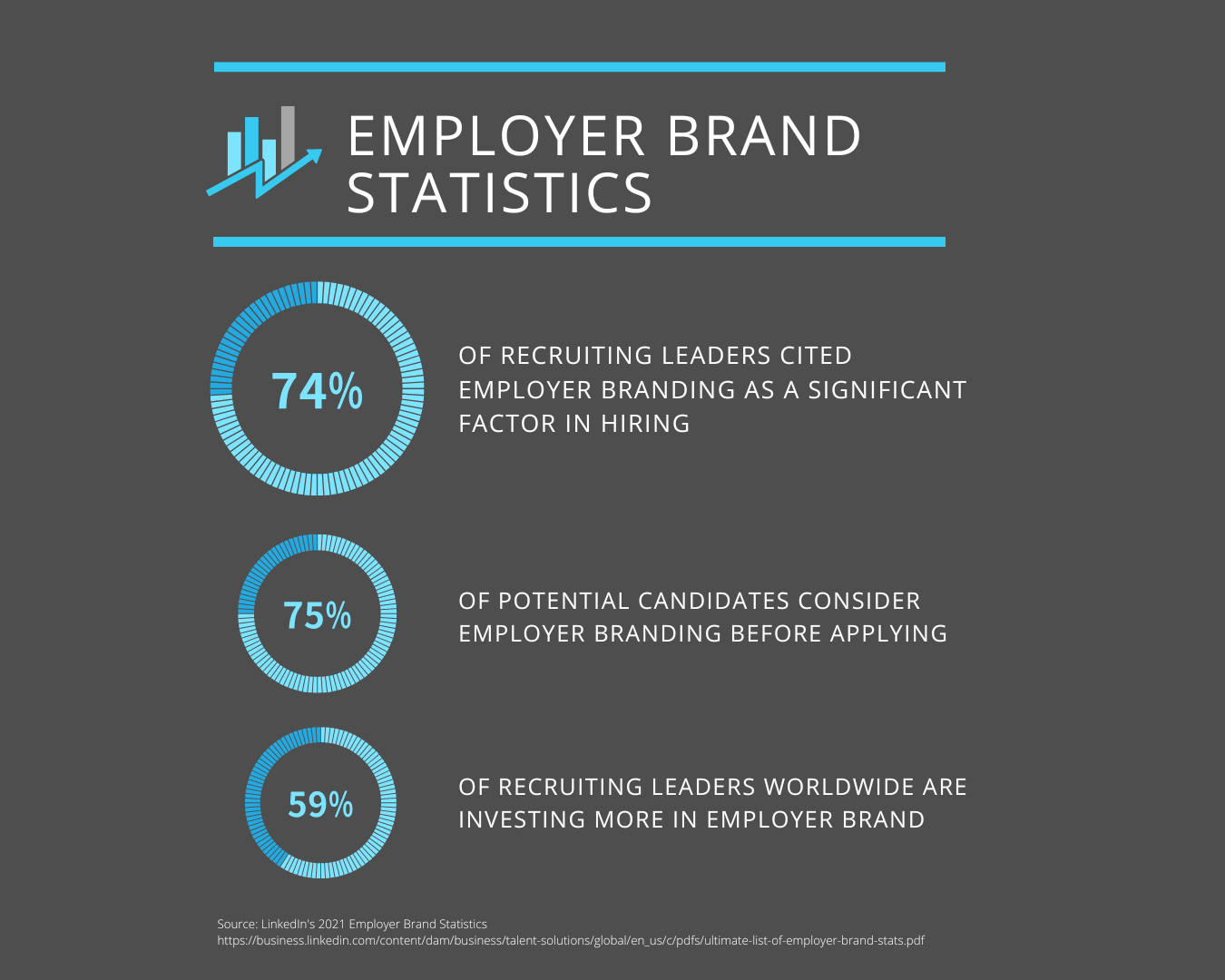
AI in Healthcare Recruiting: How to Address Current Staffing Shortages
The struggle to source, hire and retain talent is a theme across all industries, and is especially rampant within healthcare. Many are aware that the devastating effects of the pandemic deeply affected healthcare professionals and led many to leave the profession. Moreover, many healthcare workers, namely nurses, are reaching retirement age – fueling an already depleting workforce. With many leaving the profession, and a greater demand in patient needs, sourcing and retaining exceptional talent is a challenge many HR and hiring teams face.
Though there’s no simple fix that will make personnel shortages within healthcare disappear, many health systems are learning from other leading facilities that are addressing their own shortages by reexamining their recruitment process and where to fill in the gaps to minimize understaffing. Many are turning to innovative technology in order to gain a competitive advantage in attracting exceptional talent.
Applying artificial intelligence (AI) powered software within recruiting processes is a competitive advantage many talent acquisition teams can’t afford to disregard. Acquiring talent within a healthcare staffing setting involves many time-consuming and manual processes that can ultimately hinder recruitment teams from winning that perfect candidate.
This added layer of intelligence allows hiring teams to streamline and automate recruitment processes which enhances workflow efficiency, increases workplace productivity, and quickly brings on much needed talent. AI automates repetitive, time-consuming, and high-volume tasks such as sourcing, shortlisting, candidate screening, and scheduling. Automation of critical recruitment touch points enables recruiters to focus on other vital tasks that can help seamlessly bring on talent.

This blog is intended to review what AI recruiting is and how it enhances the recruiter role in sourcing the right talent, efficiently and seamlessly. Though AI recruiting offers several advantages for talent acquisition teams and healthcare organizations, we also examine the challenges AI poses and how to tackle these challenges for maximized operational efficiency.
What AI in Recruitment is
AI recruiting is the use of artificial intelligence and machine learning in the talent acquisition process. AI recruiting software is designed to process robust data and automate manual recruitment touch points to help improve efficiency and the overall bottom line.
AI recruitment tools automate repetitive, laborious tasks recruiters face, such as sourcing, screening, scheduling, and communications. This alleviates workloads for recruiters and provides them with greater time to prioritize other imperative tasks, such as onboarding and developing relationships with candidates.
Automation, in turn, enhances the hiring team’s ability to improve the candidate experience, create personalized and tailored recruitment, bring on quality talent, accelerate the hiring process, boost workplace diversity, and increase overall efficiency within recruitment operations.
How AI Used in Recruitment
AI-powered recruiting software often entails automating repetitive and time-consuming tasks in:
- Sourcing candidates
- Screening candidates
- Coordinating and assessing interviews
- Communication channels

Source and Screen Best-Fit Candidates
Sourcing candidates and resumes is a large undertaking for recruiters and can take up to 30 hours per week. This time consuming task leads to lengthy recruitment cycles and limits productivity for hiring teams. In some cases, sifting through hundreds of resumes in search of potential matches can lead to oversight and missed opportunities of talent.
Automating candidate sourcing and screening allows AI to review high volume documents and resumes to source best-fit candidates for organizations. AI will match the requirements of job descriptions with candidates based on their skills, experience, and proficiencies. By grading and scoring qualifying candidates, AI can shortlist top talent quickly, allowing hiring teams to easily swift through relevant resumes.

Source: Forbes
Interviewing
Automation can be used to manage interview scheduling, such as overseeing a manager’s schedule and allowing candidates to choose from those available times to schedule an interview. AI can also be used in a more powerful sense throughout the interview process by assessing digitized interviews.
Many organizations have moved to virtual, digitized interviews and AI capabilities extend into assessing candidates’ word choices, facial expressions and speech patterns. This allows AI to help your organization determine if a candidate might be the right fit for your culture.
Automate Communications
Human Resources (HR) and hiring teams are increasingly turning to the use of AI-powered chatbots and SMS to improve candidate engagement. Automated communications empower candidates to interact with the organization about job updates, requirements, scheduling interviews, and next steps in a timely manner. Automating communication channels saves time for recruiters on addressing frequently asked questions and performing repetitive tasks, such as sending updates or coordinating interviews.
Benefits of AI Recruitment
AI in recruitment can yield powerful results for healthcare organizations looking to improve recruitment processes and overall staffing strategies. Benefits include:
- Save time
- Hire quality candidates
- Speed recruitment processes
- Improve the candidate experience
- Reduce bias
Save Time
While sourcing, screening and shortlisting candidates can take up to 30 hours of a recruiter’s time, automating these repetitive processes will reduce workloads and save hiring teams valuable time. This time can be reinvested into critical tasks, such as developing relationships with candidates, leading to improved hiring outcomes.
Improve quality of hire
The power of AI allows a high level of personalization in matching skillsets with job requirements. The ability of instantaneously sourcing and matching job descriptions with candidates based on compatibility between desired skillsets and experience allows recruiters to take a personalized approach in recruitment.
Additionally, with time, AI can standardize job matching by using previous data of job requirements and candidates selected based on skills, experience, and knowledge. This allows a consistent pipeline of quality candidates and speeds the hiring process for hiring teams.
Lastly, a consistent inflow of quality and compatible talent helps reduce instances of turnover and the costly consequences turnover has financially on institutions and on team morale.
Candidate Experience
In a competitive market for skilled labor, organizations cannot afford to miss the mark on creating an exceptional candidate experience. The candidate experience sets the tone for an organization’s ability to efficiently and effectively conduct operations. Those conducting a suboptimal experience risk top candidates falling out of the recruitment process and finding opportunities with competitors.
AI allows for efficient and seamless hiring at an accelerated rate that creates a positive experience for candidates and healthcare organizations.

Sources: SHRM | Korn Ferry
By promptly sourcing, matching, screening and shortlisting qualified candidates at a personalized level, hiring teams can focus on relationship development and successful onboarding. Furthermore, automated scheduling and communication channels allow candidates to swiftly engage and interact with your organization.
The Society for Human Resource Management (SHRM) identified that 43% of HR professionals struggled to hire suitable candidates due to competition from fellow competitors.
Source: SHRM
Reduce Bias
One of the greatest benefits AI recruiting has to offer organizations is the potential to improve workplace diversity, equity and inclusion (DEI) by reducing human bias.
Bias is often inherently present throughout the recruitment process consciously or unconsciously when humans are assessing potential candidates. This often leads to teams missing out on valuable talent, a lack of workplace diversity, and can cause organizations legal issues.
Candidate assessments and scoring by AI technology is conducted with greater fairness as AI disregards age, gender and race. AI assessments are based on outlined skillsets and experiences rather than demographic variables, often the basis for prejudice and bias.
Challenges in AI Recruiting
As with many technologies, AI systems also present potential challenges. It’s critical to be aware of these challenges when integrating new software and partnering with a vendor.
Data
Artificial intelligence and machine learning (a subset of AI that learns the patterns and processes) require a lot of data to learn how to accurately source candidates to your organization’s specifications. This can require some time for systems to learn the correlations between candidates selected to certain job specifications and how it affects future decision making.
When integrating with a provider, ensure to partner with a company that has a robust network of data to ensure optimal recruitment and hiring.
Skepticism
Securing buy in from stakeholders and hiring teams can be a difficult task, particularly because many hold skepticism to new technology. Concerns on ROI, effectiveness, compatibility with current systems, workflow disruptions, and user adoption are often, understandably, top of mind when investing in technological solutions.
Thoroughly vet AI software providers to understand expectations, shortcomings, implementation processes, and training opportunities in order to maximize usage of AI systems.
Additionally, the idea of AI technology replacing roles is often a concern for many recruitment teams. It’s important to acknowledge that AI can’t replace the human element necessary for successful recruitment. Its purpose is to enhance gaps within the recruitment process in order to create a seamless hiring cycle and enable recruiters to maximize their efforts.
Learning biases
AI isn’t inherently bias and can help hiring teams reduce bias in candidate sourcing and screening, however AI has the ability to learn biases in time or can pick up on bias present within current recruitment processes. It’s important for your vendor to consistently monitor and check potential biases within the system.
AI and the Recruiter Role
As mentioned previously, AI in recruitment isn’t designed to replace recruiters – it’s designed to support and enhance their efforts.
By eliminating repetitive and time-consuming tasks, hiring teams can take a greater strategic and proactive approach in hiring by focusing their efforts on high priority tasks. Greater time can be spent on engaging with candidates, onboarding new hires, and focusing on the overall candidate experience.
This reprioritization can lead to increased organizational impact, greater relationships with candidates, and strengthened relationships between hiring managers and recruiters.
Recruiting necessitates a human element in empathy, advanced communication skills and negotiating that AI is unable to replace. It’s critical to reframe the narrative of AI technology replacing roles, rather it’s there to help redefine roles for enhanced efficiency and greater operational outcomes.
Ready to embrace AI in your recruitment strategy?
It’s imperative for HR and hiring teams to reevaluate all aspects of their talent acquisition strategy. Identifying gaps and leveraging technology to successfully bring on the right talent is critical for long-term success in recruiting and retaining talent.
Leverage AI-powered technology, such as StaffBot’s vendor management system (VMS), to help create a seamless recruitment cycle, save time for your organization, and effortlessly source best-fit candidates.
Looking for further information on VMS automation and increased workplace efficiency? Download our complimentary ebook on streamlining your workforce operations through VMS automation here.
Want to see for yourself?
Schedule a demo below to check out StaffBot’s AI capabilities in sourcing, matching and screening talent, as well as our market rate intelligence tools!
Connect with an expert or request a demo
"*" indicates required fields




















